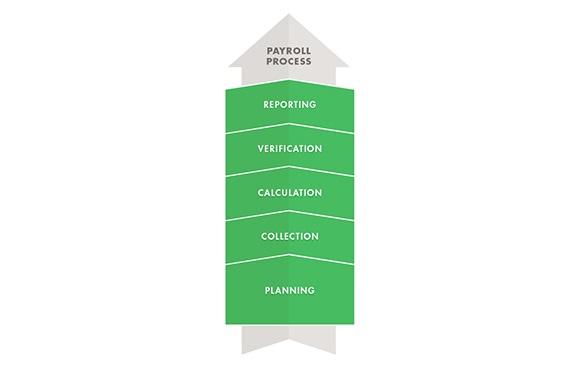A profitable story with five parts
Our main priority is to provide our customers with smart solutions to enable this, throughout the entire process. But because no two companies are alike, we ideally want to get to know each business from the ground up and carry out a proper assessment. An important starting point is to try to eliminate manual management by making a clear chart of the parts that are included in the process and who is responsible for what. All of this is to reach our goal – a more efficient payroll process.


